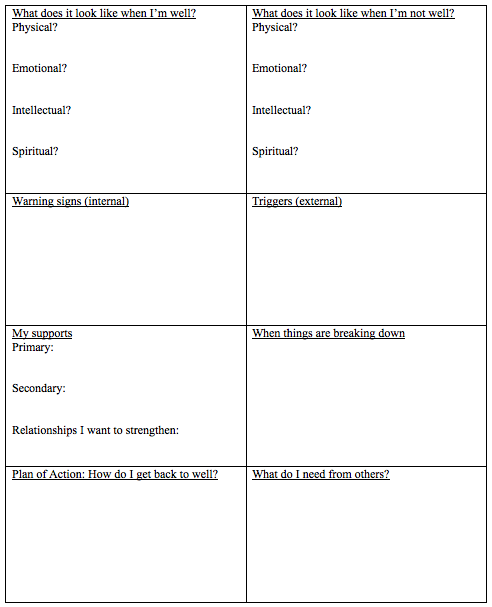Online for Love via Unsplash.com Images
We are more than four months into the pandemic and relationships are feeling stretched, like a too-small shirt across our shoulders, threatening to bust at the seams. Perhaps you are separated from your loved ones, making the miles, restricted travel, and lack of contact feel unbearable. Maybe you or your loved one is an essential worker, choosing the difficult decision to distance from family and friends in order to reduce the risk of exposure. Or perhaps you’ve been following stay-at-home and safer-at-home orders with your partner or spouse, finding your relationship put to the test.
Some love languages are benefitting from the changes whereas others are being placed on the back burner. Folks with love languages of physical touch and quality time may be the lucky ones to benefit from unexpected, increased time together. Gary Chapman, Author of The Five Love Languages lists them as:
· Physical Touch
· Quality Time
· Words of Affirmation (positive words)
· Acts of Service
· Gifts
So how have the love languages been stretched in the time of COVID-19? Quality time may be challenged because even though we are at home or in the same space working, it doesn’t mean it’s quality connection to one another. For physical touch, are we feeling the absence of platonic or comforting touch of others in having to self-isolate at home? Gifts may be limited, acts of service amplified, and words of affirmation may not come easily as we experience the brain fog and exhaustion of the pandemic. In fact, although couples are adapting to the changes, there are several challenges romantic relationships are facing under the strain of COVID-19.
· Increased fighting
· Too much togetherness
· Feeling overstimulated
· Feeling numb
· Experiencing low libido
· Increased stress and anxiety
· Difficulty separating work from home
· Increased irritability
· Feeling on edge or restless
· Experiencing financial strain
These stressors don’t necessarily make or break a relationship by themselves, it could be that the accumulation of several factors like these would put a relationship at risk. Therefore it is important to attempt to adjust or adapt in an effort to keep the relationship healthy. Here are some ideas to try when your romantic connection is feeling itchy and uncomfortable.
· Creative Quality Time: How creative can you get with quality time at home? A movie marathon in the living room full of pillows and blankets? Cooking a meal together? Taking a walk or a bike ride?
· Rituals to Transition: What rituals are in place to help you both transition from work? Do you have a designated space to work? Can you change your clothes or walk up and down the hall to feel like you are moving from one role to another? Is it a matter of powering down your computer, closing the office door, or putting your laptop away?
· Choose to Check-in: When do you like to check in on how things are going? Can you choose to check in during a meal or before the day takes off? Is there eye contact to support active listening?
· Communicate: It’s going to take additional effort to increase communication when you are already feeling stressed or overwhelmed. Share how you feel. Advocate for your needs. Ask for help. Partners can’t read our minds so it remains important to speak up.
· The Art of Apart: Time apart can be good for the relationship if you feel like you are right up under one another. Is there a way to engage in hobbies or outdoor activity that gives you permission to miss one another? They say that absence makes the heart grow fonder, perhaps this is possible with a little time apart.
Relationships can grow leaps and bounds through hard times like these. The gratitude you can feel for being in this together is a powerful tool. Embrace new ideas to strengthen your relationship, knowing that blips along the way are expected and normal. The hope is with a little TLC and creativity, your relationship can move from surviving to thriving during COVID-19!




